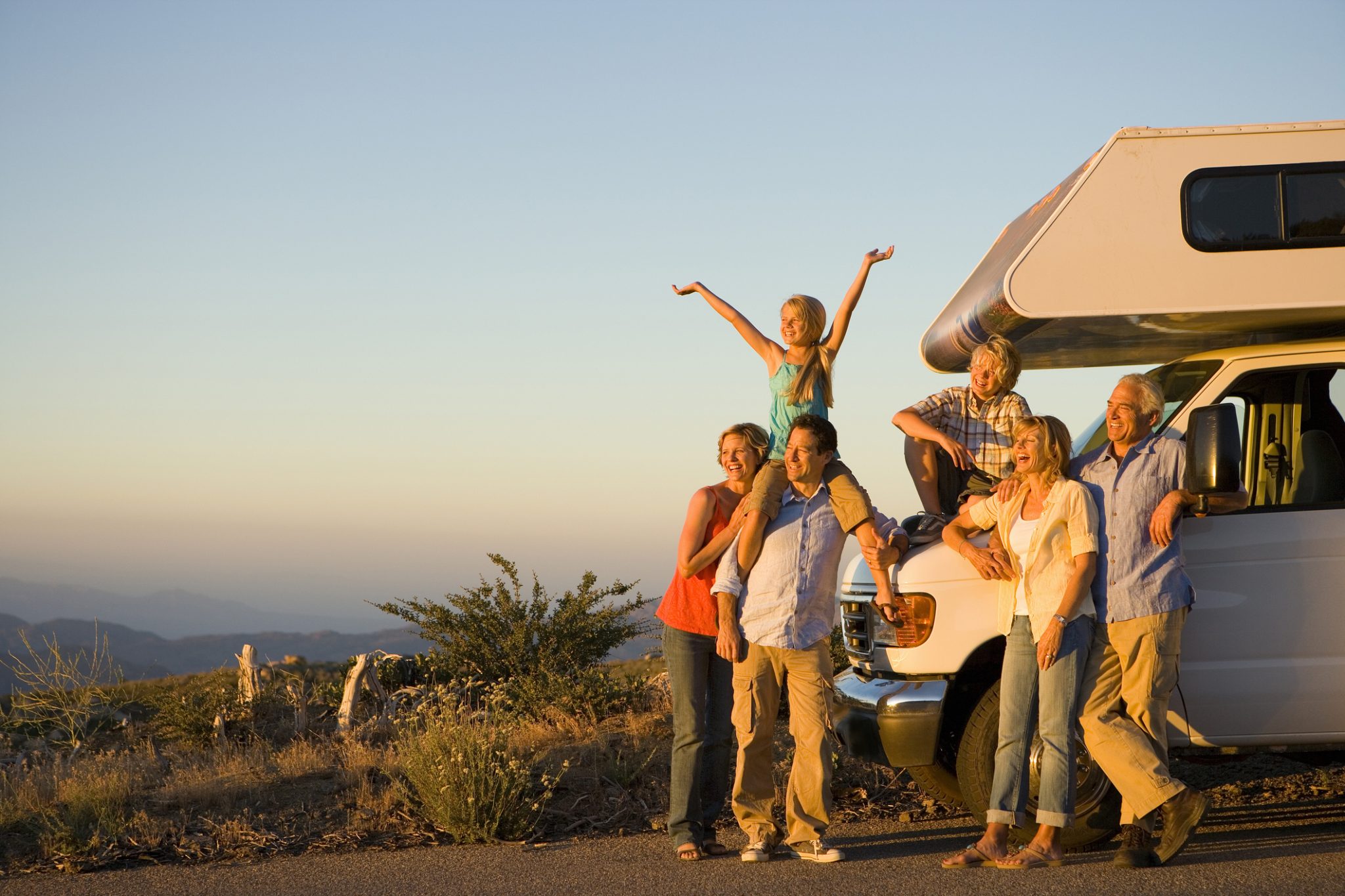Your Personal RV Buying Guide
Summer is coming, and this year, you’re probably thinking about doing something different. For many that means the call of the open road. It might even be ringing loud and clear. Nothing is more American than a summertime road trip, but long hours in the car can really suck the fun out of any vacation. That’s the beauty of recreational vehicles. The road IS the destination; anywhere you go, you’ve got luxury-class accommodations waiting for you.
Buying an RV is a big decision, though. But don’t let the cost let you from financing your dream. We offer the loan flexibility you need with monthly payments you can afford on all the recreational fun that you, your family and friends will enjoy.
With that in mind, here are three questions to ask yourself before you start shopping for an RV. With these as jumping off points for research, you can make informed decisions about your needs.
1. What class are you in?
Broadly speaking, there are three classes of RV: Class A, Class B and Class C. Class A are the biggest and most comfortable. Built on big rig platforms, these are basically rolling houses. They feature full-sized couches and TVs, full bathrooms, kitchens and expandable bedrooms. Many also include storage underneath the vehicle (called the “basement” by enthusiasts) with enough space to stock supplies for a months-long journey. As one might expect for top-of-the-line vehicles, the price tags are as big as the vehicles, ranging from $60,000 to over a million for custom-built motorhomes.
Class B motorhomes are on the other side of the spectrum. These are built on full-size van platforms. They can include scaled-down versions of the same amenities in Class A motorhomes, but in a more maneuverable, less costly package. Expect to see a small kitchen, a compact bathroom, and enough sleeping space for 2-3 people for several weeks.
Class C motorhomes offer a compromise between A and B. These start with cargo van platforms and extend the wheelbase somewhat to about the length of a small bus. Amenities will be more complete than in a Class B, but nowhere near as robust as in a class A.
There are other options, of course. Camper trailers, pop-ups, and fifth-wheel tow-behind campers can often fill the same needs at lower prices. It’s worth investigating these options, as well.
2. What’s your budget?
Before you make a major purchase, you’ll want to be clear on how much you can afford. Given the significant cost of purchasing an RV, financing periods are typically longer. It’s not just the monthly payment you need to include in your budget: you’ll also need to factor in for fuel, insurance, registration, and maintenance, even if you don’t go anywhere!
Finally, It’s also worth figuring out what you can budget for a down payment. You may be able to finance 100% of the purchase price of your RV, but putting money down helps protect you against depreciation. That means you’ll be able to get clear of your RV payment if you decide to sell it later on down the road.
3. When should I think about financing?
If you’re thinking about an RV, the time to talk financing is now. How much RV you can afford should be at the forefront of your selection process. Getting your financing in order will help you figure that out. Nothing can ruin a fun vacation like a big bundle of “How are we going to pay for this?” stress! Contact us today!


